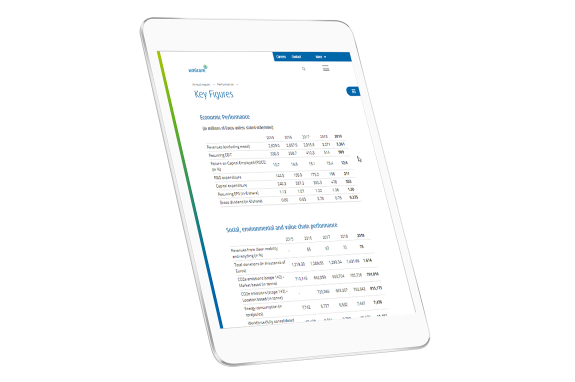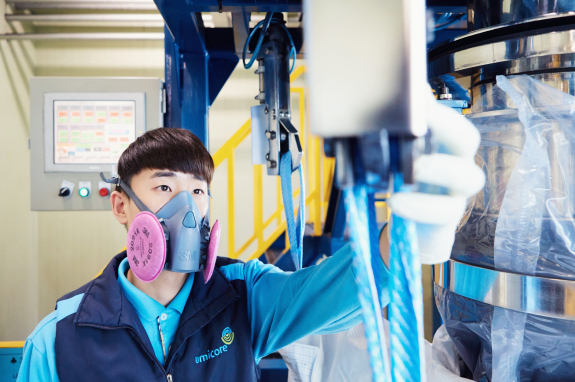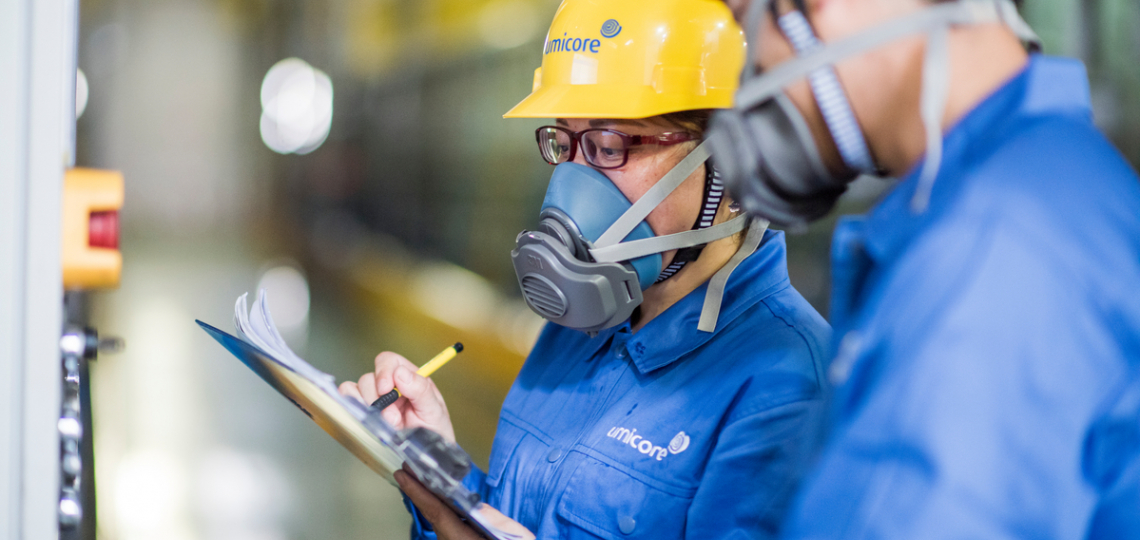
Health & Safety
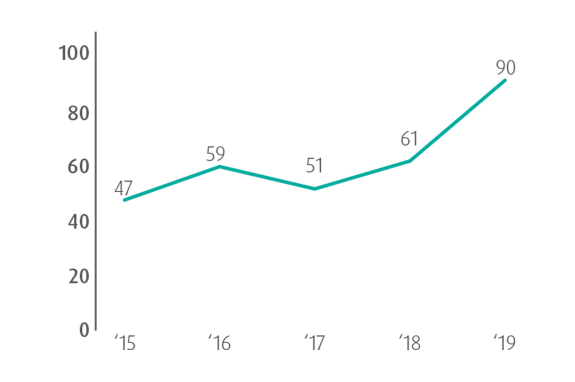
Zero Accidents
The safety of our people is a key priorityfor management.
In 2019, while 83% of the reporting sites operated without a lost time accident, our overall safety results were again disappointing. We recorded 90 lost time accidents in 2019 compared to 61 in 2018. The frequency rate increased from 3.36 to 4.6 over the same period and the severity rate from 0.1 to 0.2. 91% of those accidents occurred in Europe, mostly at Belgian sites.
There is a clear need to change behavior and mindset to install a true safety culture. Cultural change is an endeavor over time and Umicore is committed to creating a safe and great place to work. We will continue our ongoing efforts and are implementing new specific and targeted measures, including awareness campaigns and specific programs aimed at changing mindset and creating a more prominent safety culture.
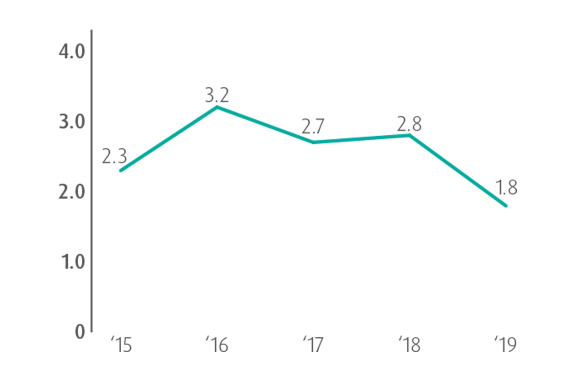
In 2019, process safety activities focused on executing process risk assessment studies. At year end, 60% of the production processes had received specific process hazard and risk assessments compliant with Umicore standards. A detailed timeline for completion of the remaining studies over the coming years gives priority to processes with high risk profiles. Umicore continues our internal HAZOP leader training program to increase and secure process safety knowledge.
Occupational Exposure
Umicore makes continuous efforts to eliminate occupational-related health issues and to promote wellbeing in the workplace. The main occupational health risks are related to exposure to hazardous substances and physical hazards (mainly noise).
Umicore is leading the industry by setting voluntary, science-based targets for potentially hazardous exposure that are more stringent than legal requirements, where they exist.
All employees with a potential workplace exposure to any of the target metals (arsenic, cadmium, cobalt, indium, nickel, lead and platinum salts) or other metals are monitored by an occupational health program. The Horizon 2020 objective for occupational exposure is to reduce to zero the number of individual readings that indicate an exposure for an employee that is higher than the internal target levels. While these excess readings do not necessarily indicate a risk for the person concerned, they are important indicators of recent or lifetime exposure and are used as the basis for further improvements on specific sites. In 2019, a total of 7,481 biological samples were taken from employees with occupational exposure to at least one of the metals mentioned above (platinum salts excluded). 135 readings showed a result in excess of the internal target value, bringing the total excess rate to 1.8%, down from 2.8% in 2018. All occupationally exposed employees are regularly monitored by an occupational health physician.

